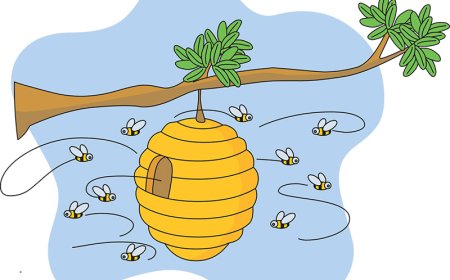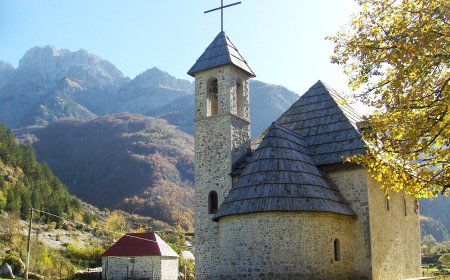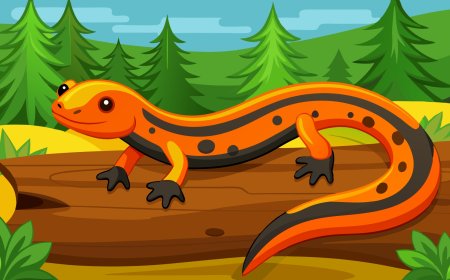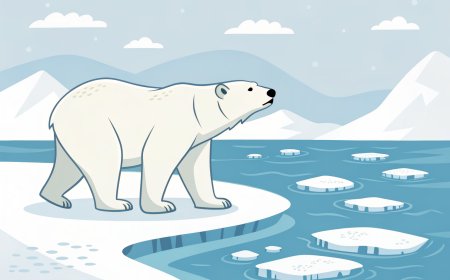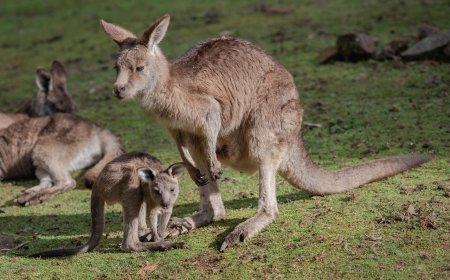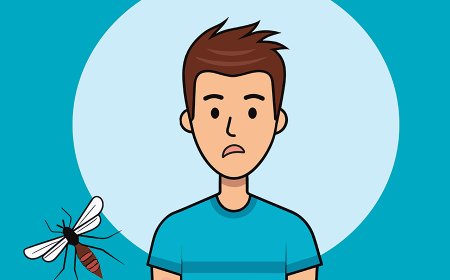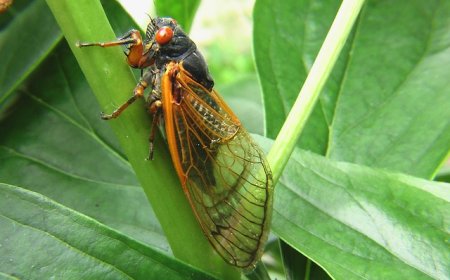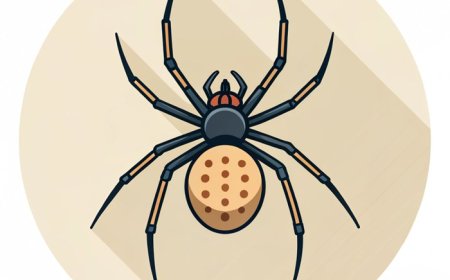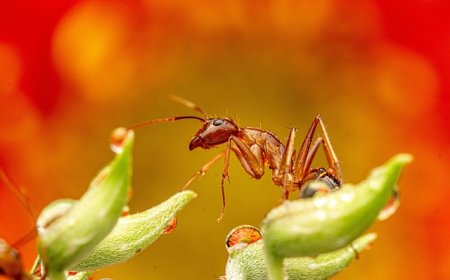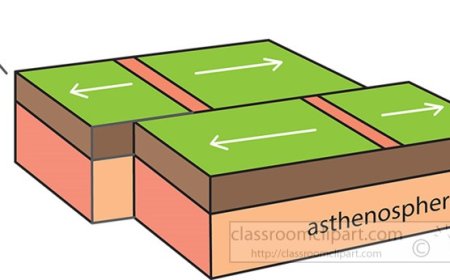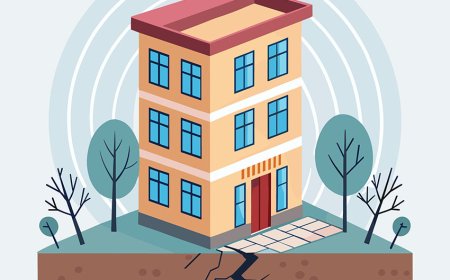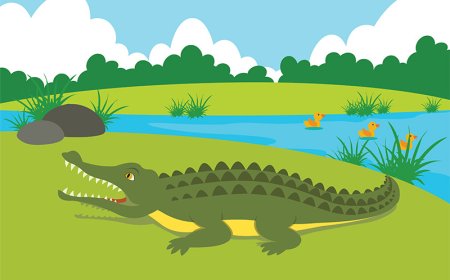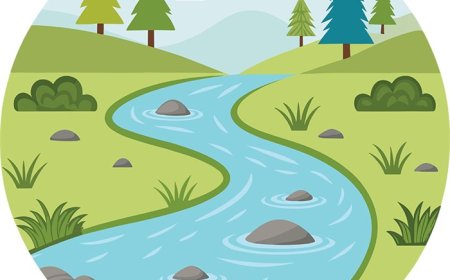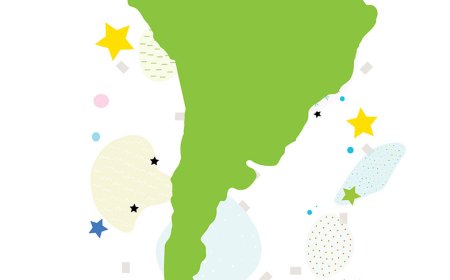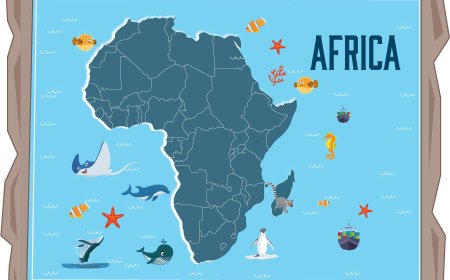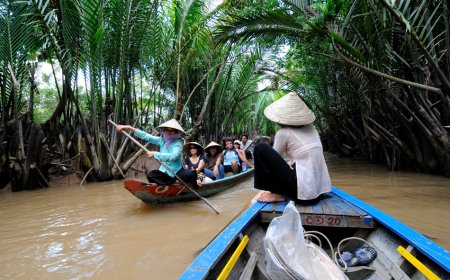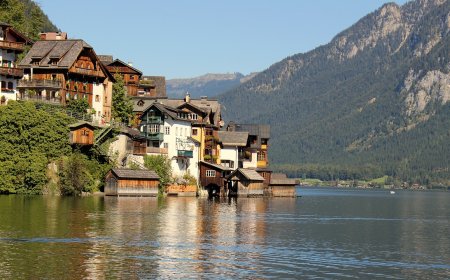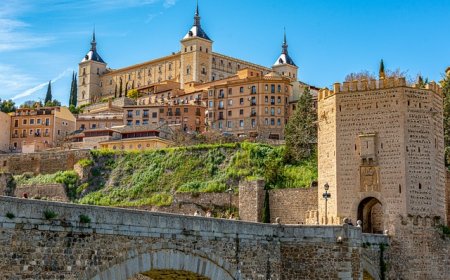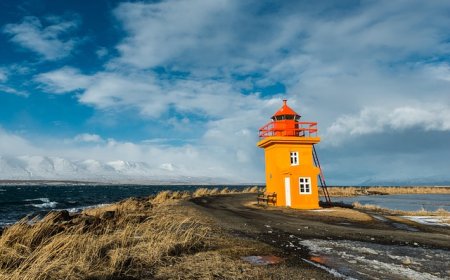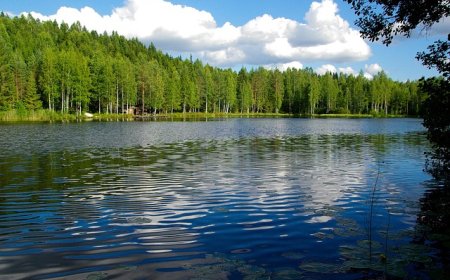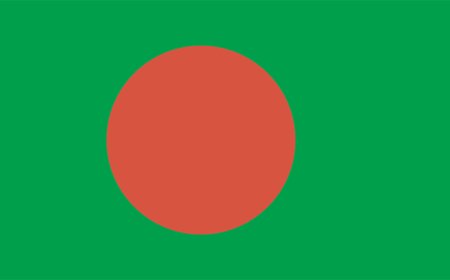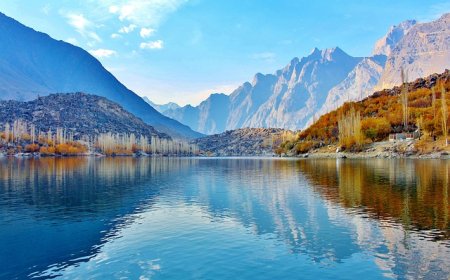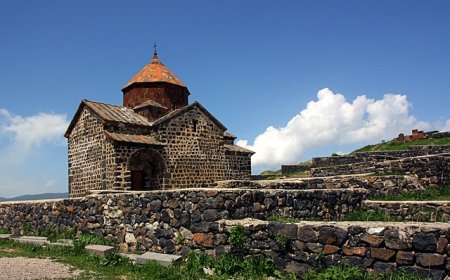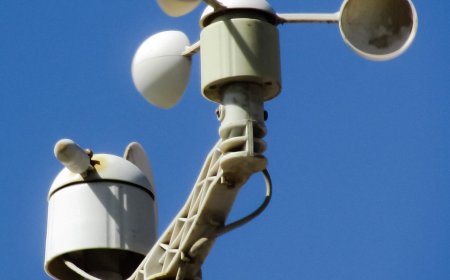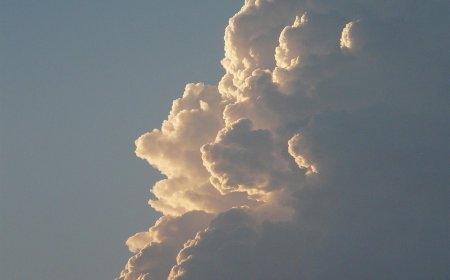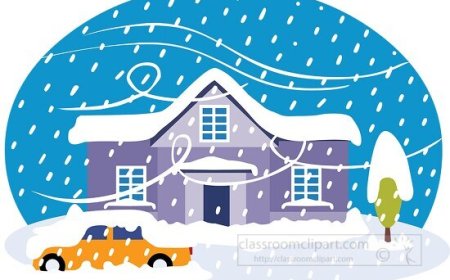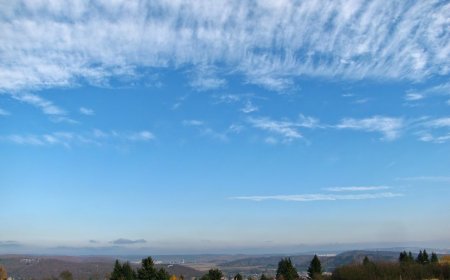Tornado Facts for Kids: How Tornadoes Form, Types, and Safety Tips
Explore fascinating tornado facts for kids! Learn how tornadoes form, their types, famous examples, and essential safety tips to stay safe during a storm. Fun and educational guide for students and teachers.
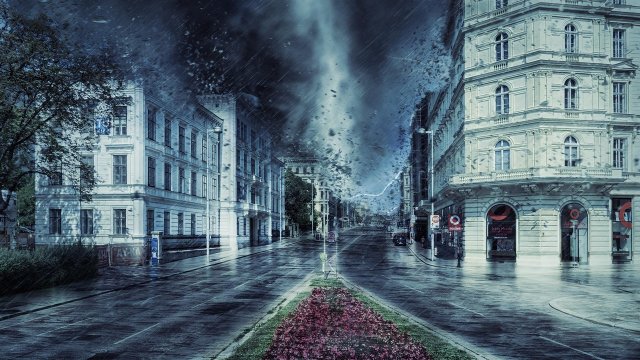
Introduction: What Is a Tornado?
A tornado is a fast-spinning column of air that stretches from a thunderstorm cloud down to the ground. Tornadoes are some of the most powerful and dangerous weather events on Earth. They can destroy buildings, toss cars, and cause serious injuries in seconds. Although they don’t last long, they leave a big impact.
This article explains how tornadoes form, the types of tornadoes, where and when they happen, how scientists measure them, and most importantly—how to stay safe when one strikes.
How Do Tornadoes Form?
Tornadoes usually develop during severe thunderstorms, especially supercell storms, which have rotating updrafts called mesocyclones. Here's how it happens:
- Warm, moist air near the ground meets cold, dry air from above.
- This creates an unstable atmosphere where air starts rising quickly.
- Strong winds at different levels of the atmosphere start to rotate the rising air horizontally.
- A powerful updraft tilts the spinning air from horizontal to vertical.
- If the spinning air touches the ground, a tornado is born.
Not all rotating storms form tornadoes, but when they do, it's because the wind, temperature, and humidity conditions are just right.
☁️ Parts of a Tornado
Funnel Cloud: The visible, cone-shaped cloud made of dust and water droplets.
Vortex: The invisible, rotating column of air inside the funnel.
Wall Cloud: A large, low-hanging cloud beneath the storm where the tornado may form.
Debris Cloud: Dirt and objects picked up by the tornado near the ground.
📏 How Are Tornadoes Measured?
Tornadoes are rated using the Enhanced Fujita (EF) Scale, which estimates wind speed based on damage. It ranges from EF0 to EF5:
🌍 Where and When Do Tornadoes Occur?
Tornadoes can happen anywhere, but some places get more than others.
In the United States:
- The U.S. has more tornadoes than any other country—over 1,000 per year!
- Tornado Alley includes states like Texas, Oklahoma, Kansas, and Nebraska.
- Tornado season is usually from March to June, but tornadoes can happen year-round.
Other Countries:
Tornadoes also occur in Canada, Argentina, Bangladesh, Australia, and South Africa.
⚡ Types of Tornadoes
1. Rope Tornado
Thin, rope-like shape
Weak and short-lived, but still dangerous
2. Cone Tornado
Wider at the top and narrow at the bottom
Most common shape
3. Wedge Tornado
As wide as it is tall; looks like a huge block
Often the strongest type
4. Multi-Vortex Tornado
A tornado with smaller spinning “satellite” vortices inside it
5. Waterspout
A tornado over water, often less intense
Common near warm oceans and lake
🔬 How Do Scientists Study Tornadoes?
Meteorologists use tools to track and study tornadoes:
Doppler Radar: Detects rotating winds inside thunderstorms.
Storm Chasers: Scientists and trained weather trackers who follow storms to gather data.
Weather Balloons: Help measure wind speed and temperature high in the sky.
Supercomputers: Run weather models to predict tornado conditions.
Even with technology, tornadoes are still hard to predict. They can form and touch down in just minutes.
🛑 Tornado Safety: What to Do
When a tornado is coming, it’s important to act fast.
Tornado Watch vs. Tornado Warning
Watch: Conditions are right for tornadoes. Be alert!
Warning: A tornado has been spotted or detected. Take shelter immediately!
Safety Tips
Go to a basement, storm shelter, or interior room without windows.
Get under a sturdy piece of furniture and protect your head.
Avoid windows, doors, and large open rooms like gyms.
If you're outside with no shelter, lie flat in a low spot (like a ditch), covering your head.
🤔 Interesting Facts About Tornadoes
- The fastest winds ever recorded in a tornado reached over 300 mph!
- Tornadoes can move at speeds up to 70 mph across the ground.
- The Tri-State Tornado of 1925 traveled over 219 miles—the longest track ever recorded.
- Most tornadoes spin counterclockwise in the Northern Hemisphere.
- Tornadoes can lift animals, cars, and even houses into the air!
- Tornadoes are often invisible until they pick up dust or debris.
- There’s a town called Twister, in Oklahoma—a real place in Tornado Alley!
🧠 Vocabulary Word List: Tornado Edition
| Word | Definition |
| Tornado | A spinning column of air that touches the ground during a storm. |
| Funnel Cloud | A visible, rotating cloud that may or may not reach the ground. |
| Vortex | A whirling mass of air or water. |
| Mesocyclone | A rotating part of a thunderstorm where tornadoes can form. |
| EF Scale | A scale that rates tornado strength by wind speed and damage. |
| Doppler Radar | A tool that detects movement inside storms. |
| Storm Chaser | A person who follows and studies severe storms, especially tornadoes. |
| Waterspout | A tornado that forms over water. |
| Debris Cloud | Dust and objects picked up by a tornado. |
| Supercell | A type of thunderstorm that often creates tornadoes. |


